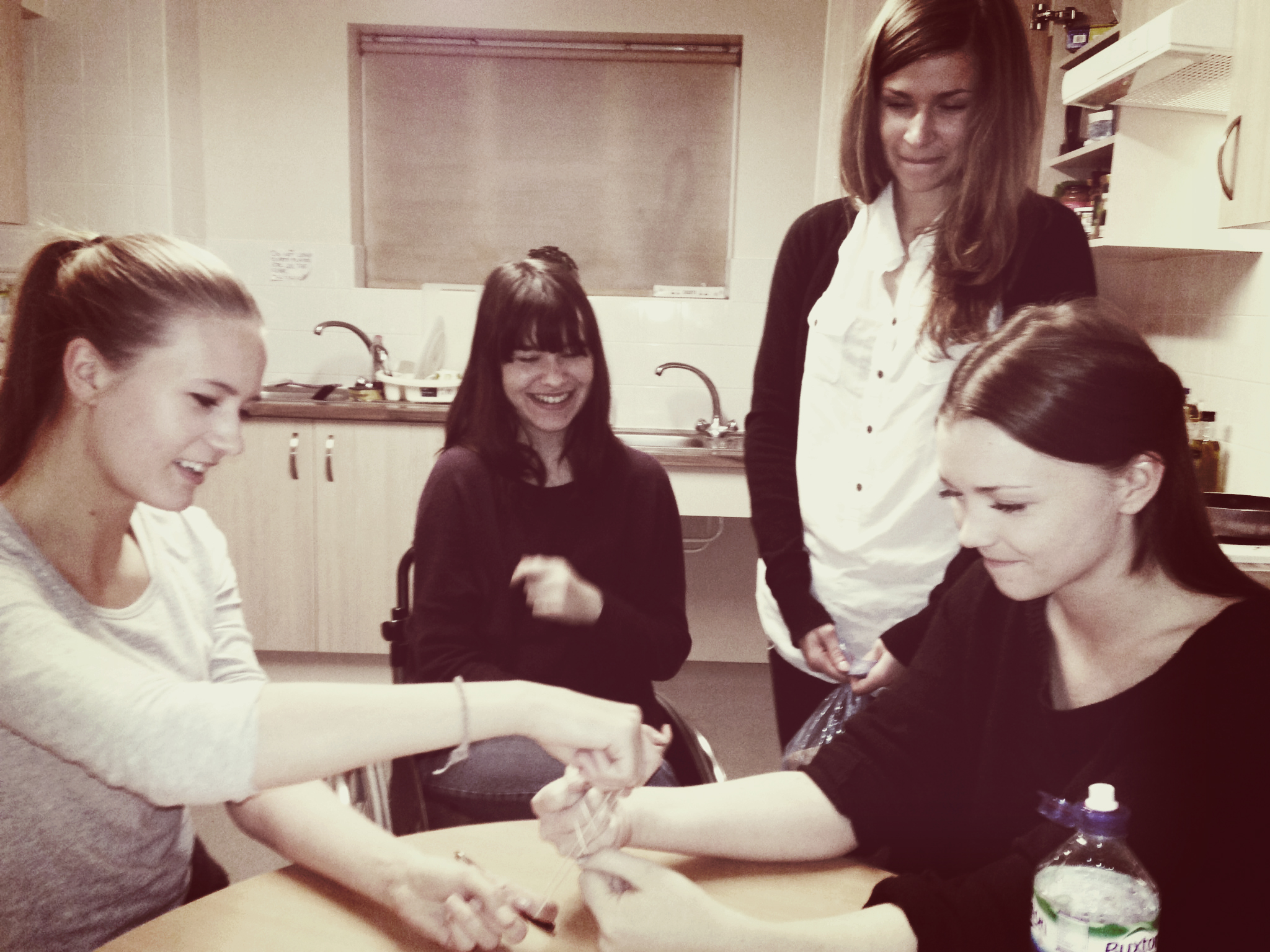In Theory…
It has been said that managing the audience’s attention is the aim of all theatre. It is necessary to ensure that the narrative has impact. However it is even more important for magic because without controlling your audience’s attention effectively you risk breaking the illusion and possibly revealing the method. This article will attempt to break down some of the theoretical principles behind misdirection and explore how they can be applied in the performance of magic.
One of the beautiful things about ‘misdirection’ or a well-performed trick in general is its power to leave pictures in a spectator’s mind of something more amazing than what actually happened. Effective misdirection can re-frame the audience’s perception of what happened and make an effect stronger. Most magicians have probably had someone come up to them and say something along the lines of… “This magician once showed me this trick, where he tore up a playing and then it appeared inside my shoe, and I wasn’t even wearing shoes!”. Many spectators add elements to an effect to make it stronger or more impossible without realising they do it. Misdirection allows you to manipulate these memories.
It was Tommy Wonder that said misdirection is better described as the direction of attention. If you think of it like this, the method of any trick should always be hidden or go unnoticed, to your audience it should not even exist. Therefore you are not directing the audience’s attention away from anything, but instead should be directing them towards something. The purpose of misdirection is therefore twofold, to stop the audience from physically seeing what you’ve done and to stop the audience from working out what you’ve done.
Tommy Wonder also argued that using simple ploys like asking your audience a question in order to cover palming a card can be effective, although they may subconsciously trigger the audience to think they are being manipulated. Instead he suggested that a greater goal should be to create an effect where every action appears natural. Misdirection should not just be used to cover weak point in your routine, simply to cover moves.
Misdirection should be incorporated into the initial design of an effect. This will make it more subtle, effective and cunning. Darwin Oritz speaks of misdirection as only part of the larger subject of attention control. Not just as a tool to be applied when it is time to do the secret move. It is important for the audience to take note of everything that you want them too. For instance, that your hands are empty, or that you have only two coins. It is also important that these things are done subtly otherwise you will once again draw unwanted attention to parts of the trick but not the effect. It is your job to make the audience focus on the interrelated aspects of the trick that are important for the effect and to ignore the underlying modus operandi.
In Practice…
One of the most important aspects of achieving misdirection is learning to forget about the sleight or action that you intend to go unnoticed. Remember, whatever you are conscious of during you performance, so will your audience be. If you are thinking about palming, the audience will pick up on this strange feeling even if they do not know what it is. Give them your attention and they will give it back. If someone is concerned with the hand that is about to palm a card, you job is to not be concerned.
Your goal should be to focus your attention towards something, this is positive behaviour, not away from a sleight. Therefore you must have something of interest to direct your attention towards at the opportune moment.
“If a performer by some means has directed the thoughts of his audience to the conclusion that he has done something which he has not done, he has wrongly directed them into this belief, hence, misdirection.” Principle and Deceptions – Arthur Buckley

